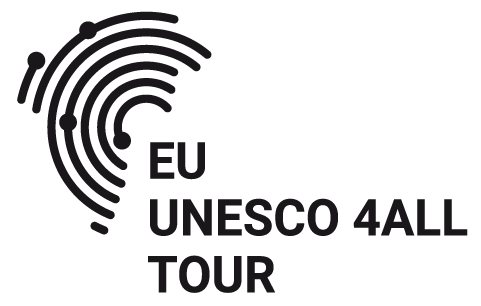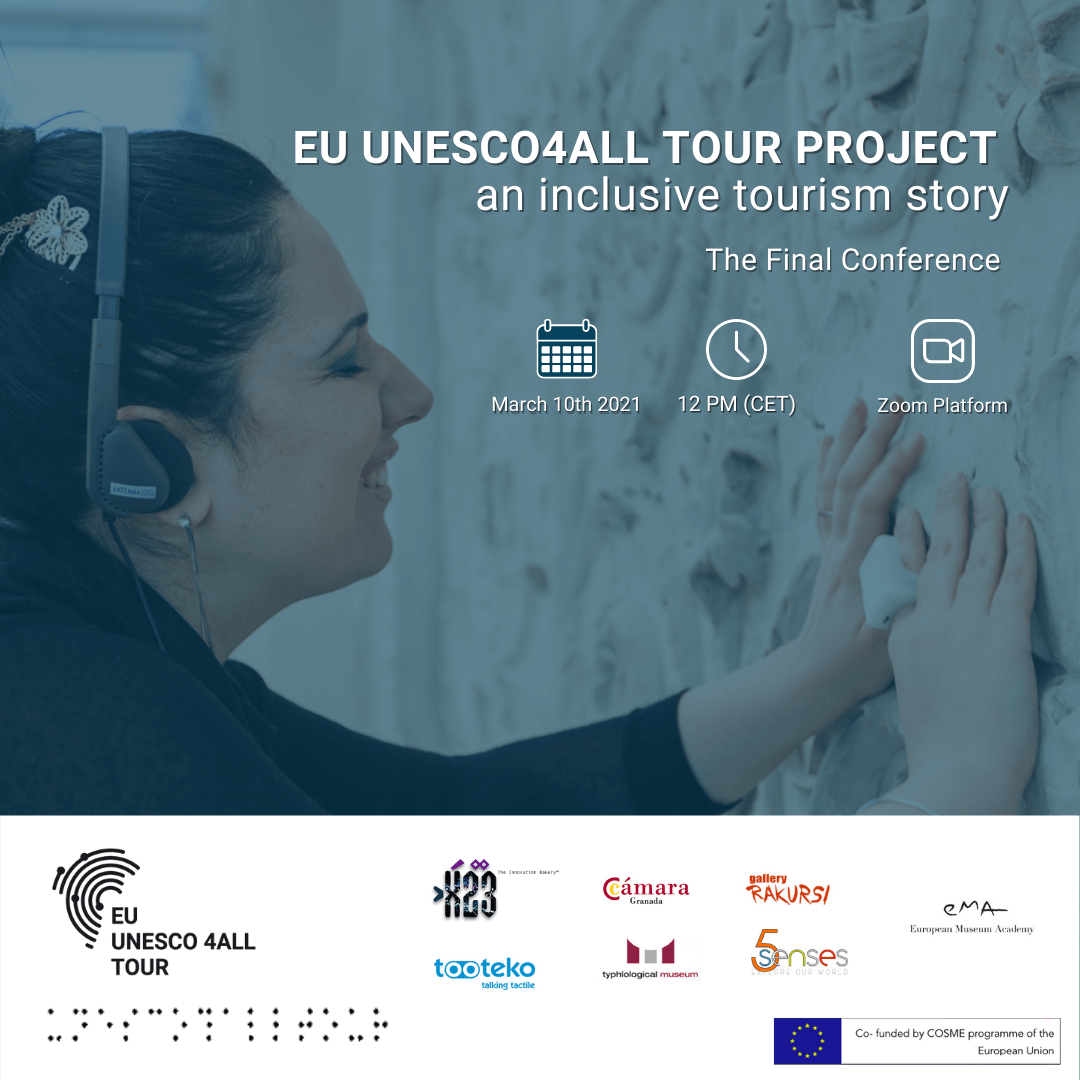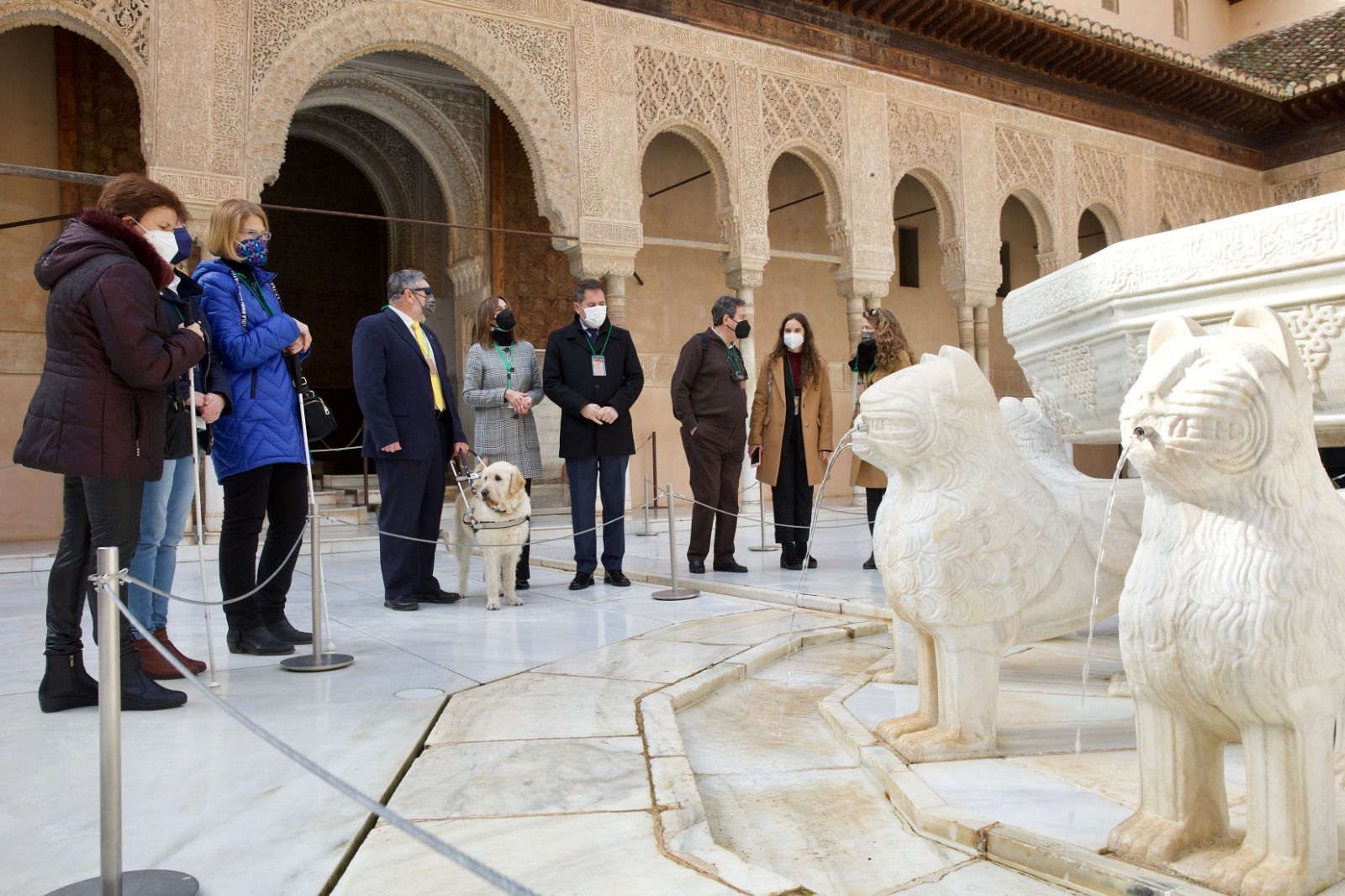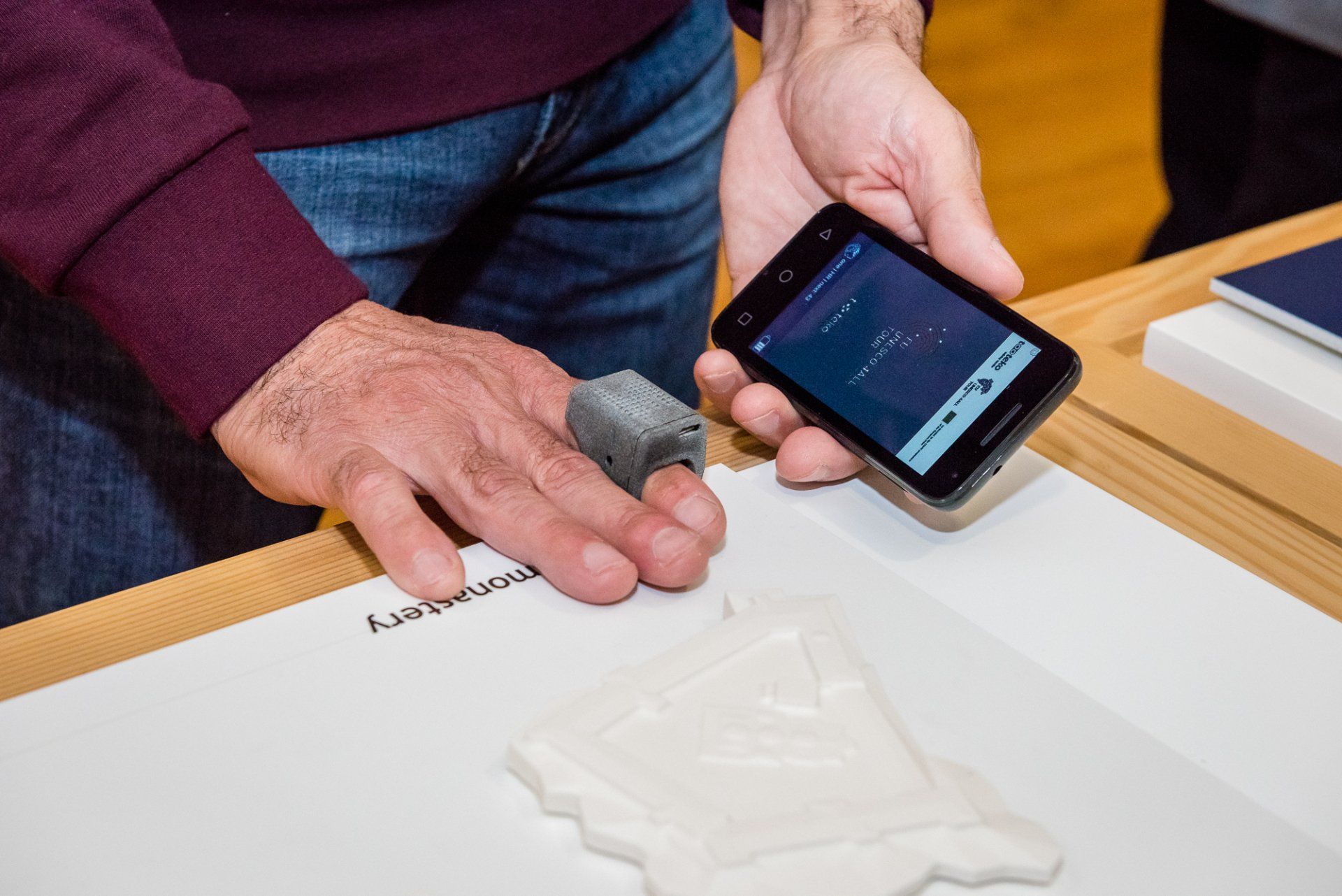The Europeana Platform: Digital Transformation of Europe’s Cultural Heritage Sector for Accessible and Sustainable Tourism
The Europeana Platform: Digital Transformation of Europe’s Cultural Heritage Sector for Accessible and Sustainable Tourism
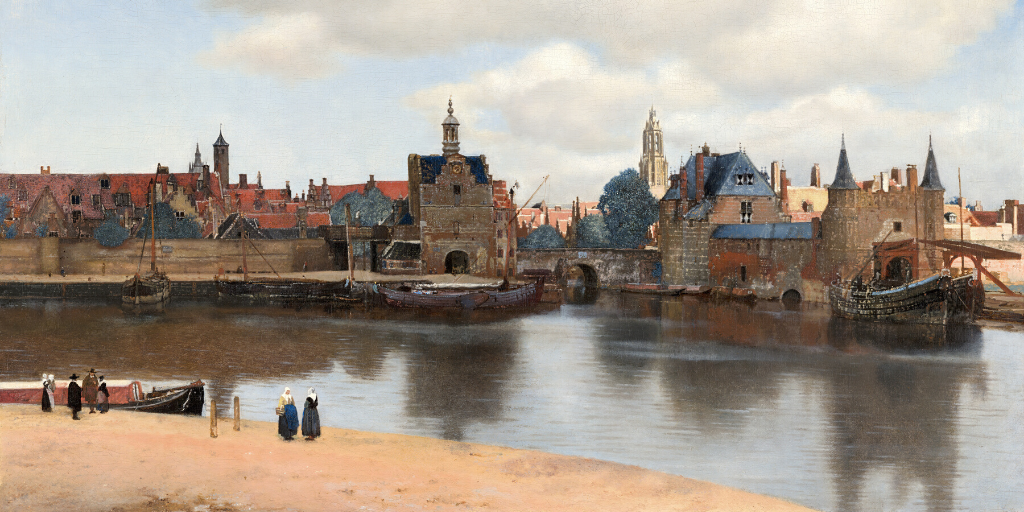
The European Commission, bearing in mind a long-term vision to build a resilient and competitive tourism ecosystem in the EU as the world leader for responsible, sustainable and innovative tourism, launched a digital cultural platform Europeana
in 2008.
In 2020, Europeana has also become an important portal to support the tourism sector that has been heavily affected by Covid-19 related restrictions. With its immersive, virtual and augmented reality and 3D, Europeana gives the general public an opportunity to discover the cultural and natural diversity of EU countries right from their comfortable homes all year round.
The platform is completely free to use for all who want to discover the most beautiful European cities and landscapes, historic places and hidden treasures. It currently provides access to over 58 million digitised collections of art artefacts, music and sound files, photos and 3D images of cultural heritage sites from over 3600 archives, libraries, galleries and museums across Europe.
To support tourism, a special section was created on the portal: Discovering Europe
that allows people to take a virtual journey across Europe. Furthermore, it has a portal for heritage professionals Europeana Pro
where they can find opportunities and initiatives that support the tourism sector in the EU and within the Member States.
Web portals, such as Europeana, play a significant role in attracting tourists to destinations, since there is a strong interdependency between culture, and in particular cultural heritage, and tourism, as many tourists choose their destination for its cultural heritage sites.
Stay tuned to know more and follow our social media channels.
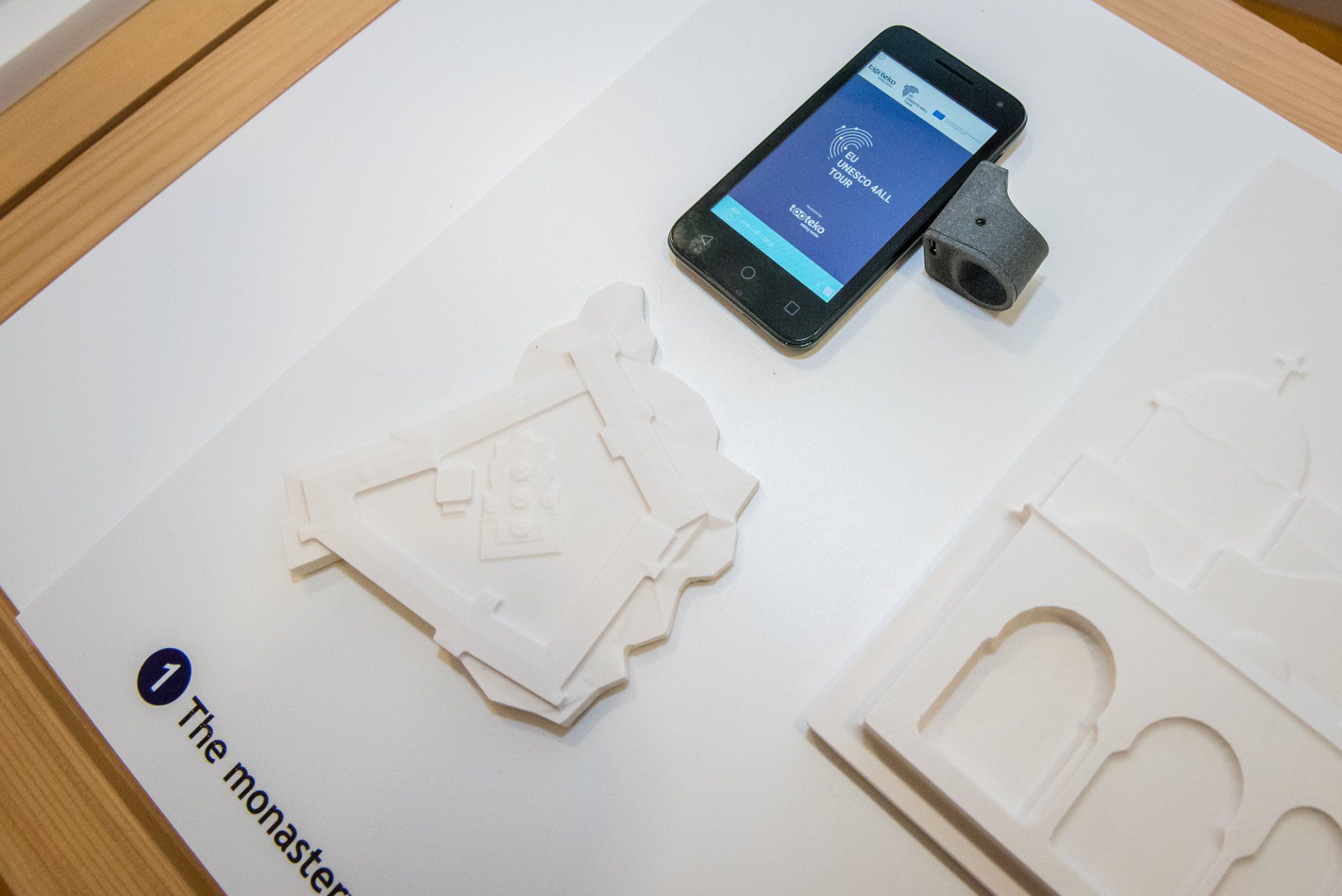
08 Mar, 2021
The UNESCO4ALL TOUR team are beyond honored to announce that project has been chosen as the best project for Digital Future at EU Industry Days 2021 conference, one of the flagship events of the European Comission. The UNESCO4ALL TOUR team are grateful for the recognition, but more importantly, thrilled to think about how this will change the future of people with visual impairments! Maybe every one of us has the experience of being blown away by the beauty of an art piece, or being so moved that it brings us tears. What about the people with visual impairments? How could we use technology to give them the possibility to do so? By combining cultural heritage and Tooteko Arte™ technology, we enable people with visual impairments to connect with their roots in a way they’ve never done before. By simply touching the object, you get the audio track while listening to the voice description. In the multi-sensorial exhibition path in Italy, Croatia, Spain, Bulgaria, they could learn their peculiar history with the 3-D printed replicas! The recognistion is also to the Consortium Partners X23 The Innovation Bakery , Tooteko , Typhlological Museum , 5 Senses Malta , Rakursi Art Gallery , Cámara de Comercio de Granada and European Museum Academy, for overcoming the difficulties COVID-19 brought. It took the project partners' resilience and creativity to realise it. Digital transformations are changing our lives completely, it’s our responsibility to make sure that we are making the right decision and taking the right action. So we want to thank our partners, EASME, and last but not least, every single one of you, for allowing people with visual impairments to have the possibility to admire art.
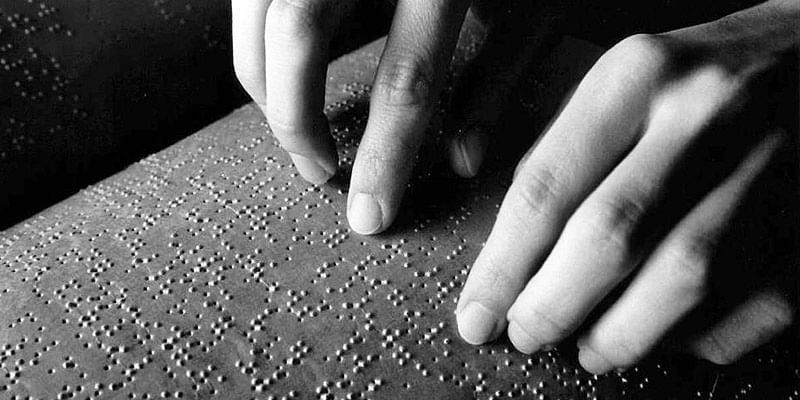
09 Dec, 2020
UNESCO4ALL supports the International Day of Persons with Disabilities. Let’s raise the awareness of the challenges faced by people with disabilities together! What is the International Day of Persons with Disabilities? The International day of Persons with Disabilities, celebrated on the 3rd of December around the world, aimed to promote equality for persons with disabilities in all areas of society and development and it intended to break down all barriers to inclusion these groups of people face in political, social, economic and cultural life. It did this by mobilizing support for critical issues relating to the inclusion of persons with disabilities, promoting awareness-raising about disability issues and drawing attention to the benefits of an inclusive and accessible society for all. Usually, on this day international organizations, civil society organizations, academic institutions and the private sector are encouraged to collaborate with organizations for people with disabilities to arrange events and activities. Why is it important? According to the World Health Organisation, around 15% of the world’s population are considered to have some form of disability. But all too often, the needs of people with disabilities are not taken into consideration by the society they live in. Disability is part of the human condition. Almost everyone will be temporarily or permanently impaired at some point in life. This can be said due to population ageing and an increase in the prevalence of non-communicable diseases. Despite this, few countries have adequate mechanisms in place to respond fully to the needs of people with disabilities. So much more attention has to be given and work to be done in this field! What is the history behind it? Ever since the mid 20th century, persons with disabilities have been campaigning for more recognition of disability as an aspect of identity, rather than the defining feature of a person. With this in mind the annual International Day of Disabled Persons was proclaimed in 1992, by the United Nations General Assembly resolution 47/3 , with the aim of reaching widespread understanding of disability issues and mobilizing support for the dignity, rights and well-being of persons with disabilities. What was the theme of the 2020 International Day of Persons with Disabilities? This year's theme was called “Not All Disabilities Are Visible”. The focus of it was given to spreading awareness and understanding of disabilities that are not immediately apparent, such as mental illness, chronic pain or fatigue, sight or hearing impairments, diabetes, brain injuries, neurological disorders, learning differences and cognitive dysfunctions, among others. The COVID-19 pandemic and its resulting state of isolation, disconnect, disrupted routines and diminished services have had a profound effect on the lives and mental well-being of people with disabilities. So the overall goal of this year’s International Day of Persons with Disabilities was to spread awareness of invisible disabilities as well as the impact that COVID-19 has had on mental health... The people shared their unique stories by using display photo frames and using #IDPWD2020. How is the UNESCO4ALL TOUR involved? EU UNESCO4ALL TOUR project is aimed to create a unique, know-how tourism product for blinds and people with visual impairments. Taking into account that it is thematic (World Heritage sites orientated) as well as transnational, our specialists decided to dig deeper and to see if there already exists such great experience in the field of accessible tourism in Europe. Thanks to all EU UNESCO4ALL TOUR partners are making the accessible paradigm and raising the awareness of the project on the planetary level! How? First of all, we’re helping to support the implementation of the UN Convention on the Rights of Persons with Disabilities, participating in Zero Conference in Vienna. Moreover, each of the project partner Rakursi –for Bulgaria, Typchological museum- for Croatia, Granada- for Spain, X23, Tooteko, Antenna- for Italy have provided the fantastic trainings, where the people could not only discover what is EU UNESCO4ALL Tour project, but also discuss such important topics/ issues such as: Accessible tourism features; Difficulties, which are faced by people with disabilities; What are the programs, which help vi people; What obstacles are in the accessible tourism; How the museums can implement the accessible exhibitions; What are the requirements of vi people; How can the public be more involved in such activities; Who really are the people, who attending the accessible exhibitions. With the joint forces of the Consortium we have elaborated and successfully delivered the webinars series to the museum staff, interested SMEs and NGOs. The modules were customized for the different target groups in the tourism, culture and creativity fields. The training course consisted of the video lessons delivered via digital platform, which is still accessible onto YouTube: here . One of the core activities of the EU UNESCO4ALL TOUR programme was to organise the travels for the visually impaired people, by combining cultural heritage and Tooteko Arte ™ technology. We will enable blind and visually impaired people to travel and visit in roundtrip UNESCO WHS in: (1) Italy and Bulgaria, (2) Spain and Croatia, (3) Spain and Italy, discovering a few multi-sensorial exhibition paths where they are allowed to "touch" some unique UNESCO artworks, interact with 3D-Printed replicas, and learn / feel their peculiar history! Of course, COVID-19 break had its impact on our plans, but the Partners Consortium keeps on pushing through and looking for all the possible ways to complete our main goal: to help VI people and their families to discover art as never before through disruptive technology! We believe it's extremely important for us to bring the public attention to accessible tourism, let’s raise awareness together! Follow us on our social media to stay in the loop! Picture credits : yourstory.com
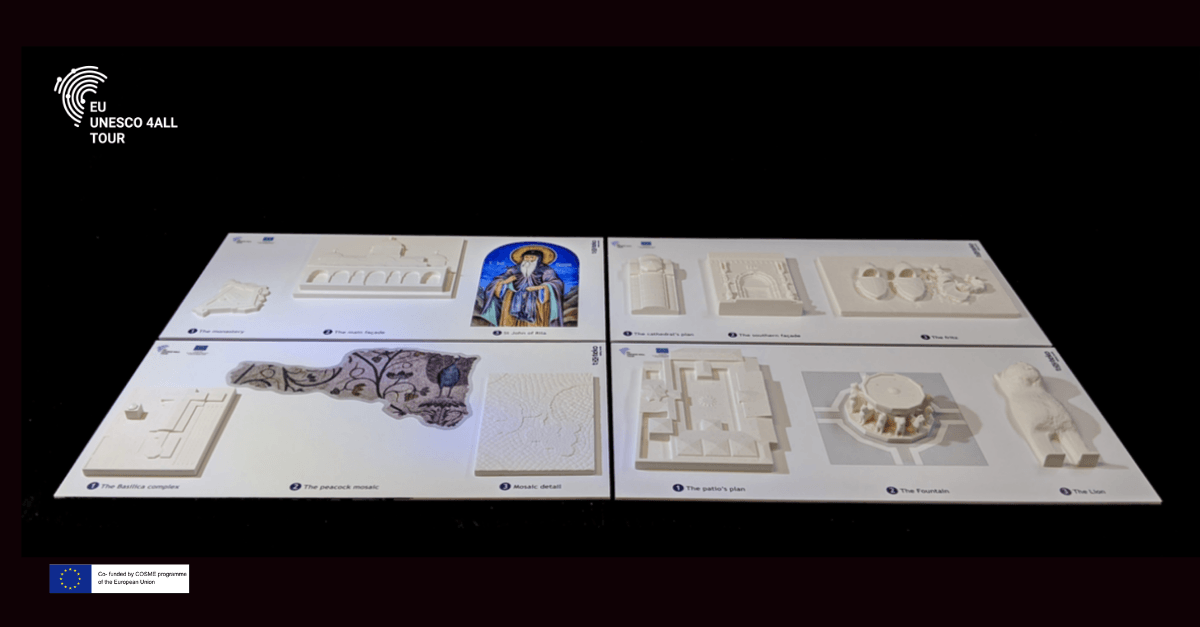
16 Nov, 2020
BRIEF UNESCO4ALL aims at making cultural heritage more accessible for blind and visual impaired people. Thanks to our «talking models», travel and visits can be more than just the seeing of sights. L et’s discover how technology can make art and monuments something to touch and hear. EU UNESCO4ALL TOUR says high that blind and visual impaired people are citizens of or common cultural heritage world. But our project wants to strenghten these just words with touchable things. Tooteko , our technological partner, provides an innovative system that allows to navigate any 3D model with your finger tips and get in return an audio content. Translated in the language of heritage and visits, it means that any monument can be touched and heared, via a 3D model and dedicated smart devices. Our project is focused on 4 UNESCO World Heritage sites: the Alhambra Palace (Spain), the Rila Monastery (Bulgaria), the Cathedral St James (Croatia), the Basilica of Aquileia (Italy). These venerable monuments are the targets of our inclusive experiment. In these days, we are making the models of these majestic artifact. In some senses, we are re-making cultural heritage. We are making culture accessible. We are making small-size culture. Let’s discover our recipe
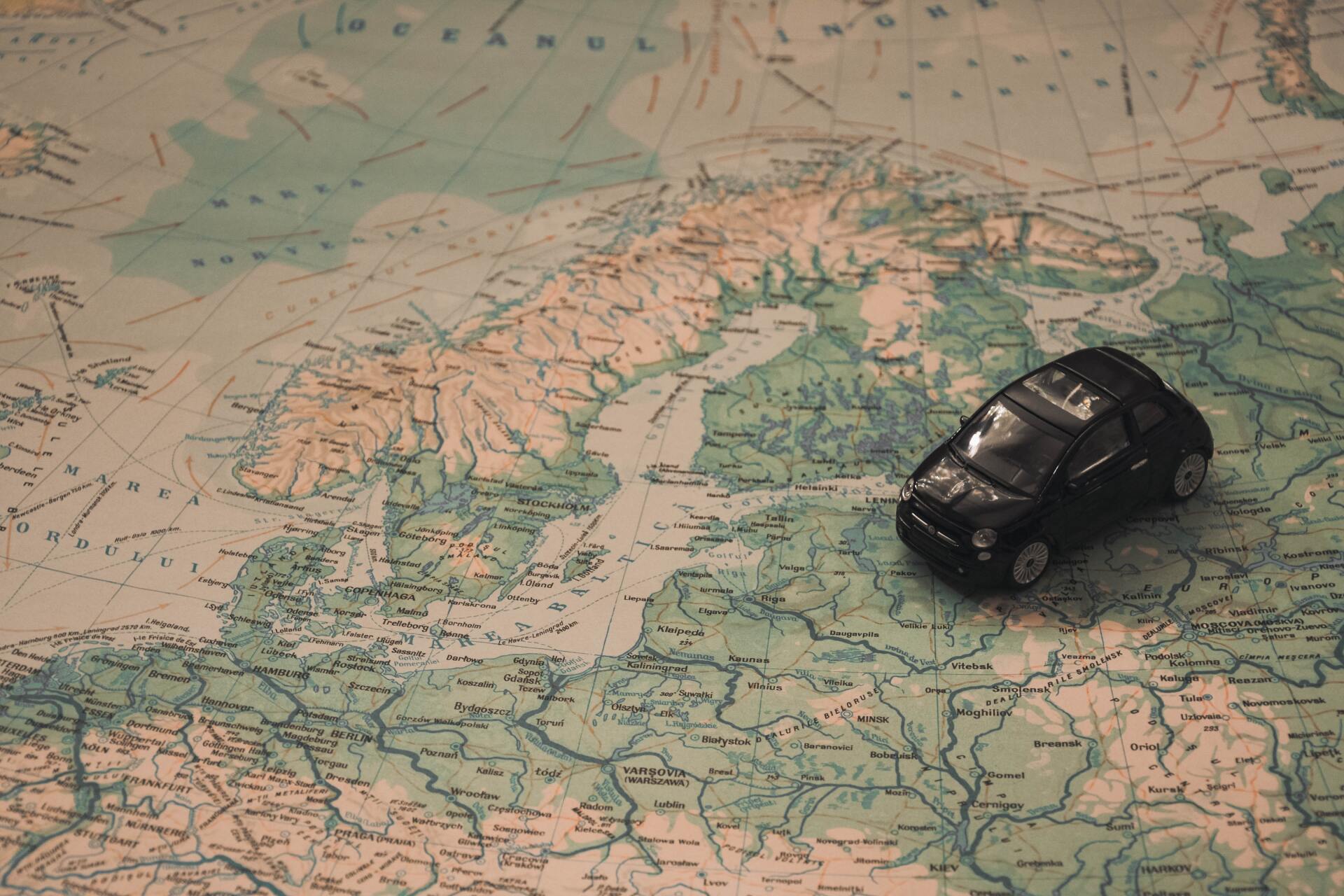
08 Oct, 2020
Tourism is at the heart of the EU economy and more than ever COSME’s funding significantly contributes to the development, promotion, and preservation of the European tourism industry. In fact, travel restrictions due to the COVID-19 pandemic have greatly reduced the tourism industry, which is a major player in the EU economy. Stats shows an unprecedented crisis situation and we are all called out to support the tourism industry: Europe accounts for half of the world’s tourism, so the situation has been worrying for the European countries that depend on tourism, such as Spain, Italy, France and Greece. A lot still needs to be done, however the re-opening of Europe is slowly but surely starting to increase, and with the seven new projects co-funded by COSME, there is even more reason to look forward to the new and exciting tourism selections. Much more than just a travel attraction What the new and on-going COSME projects have in common are their specific attention to sustainability and highlighting our ocean’s richness. There is a focus on the diversity of nature and culture, strengthening the tourism sector for the benefit of local businesses and communities, and developing innovative and accessible ways of enjoying European heritage. We at the EU UNESCO4ALL TOUR project are proud to be ranked among the 7 best project in the field of tourism co-funded by the EU, but ultimately we are all working hard to get the situation improved for all the tourism value chain by bringing in innovation, proactive approach and problem solving. Get inspired by the seven upcoming COSME projects and find out which projects will be part of your next travel destination! 1. The EU UNESCO4ALL Tour
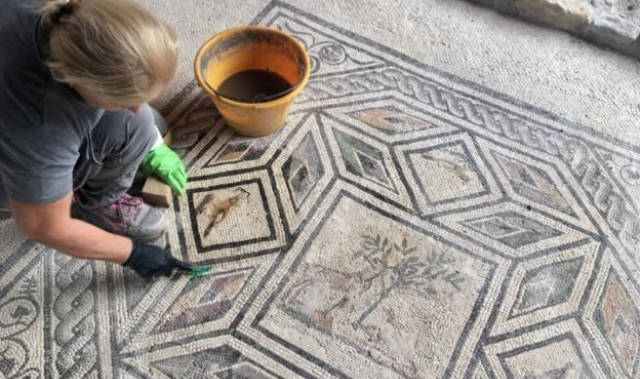
25 Sep, 2020
To all you cultural heritage, history enthusiasts, we are here at UNESCO4ALL thrilled to announce that the archeological area of Aquileia, the ancient Roman city, is richer for a display case surrounding the cathedral of Tito Marco! Read along to get all the interesting details... The master of Aquileia was Tito Marco and he was certainly one of the most influential players for the public life of Aquileia. He made Aquila an important Roman political and economic junction connecting different parts of the world that time together. Its importance and wealth can be seen today in the remains of the magnificent cathedral, which is the biggest one present in the whole territory of Northern Italy. Further on its former importance is demonstrated by the numerous golden coins and rings and other treasures found at the sight. One of the main treasures of Aquileia, the mentioned cathedral, has recently become even more interesting for the city's visitors. The new display case Visitors will be excited to know that today on Friday the 25th of September, there is the official opening of the new display case surrounding the cathedral of Tito Marco. This display will allow visitors to admire the magnificent mosaics of the cathedral and at the same time protect these treasures from the sun and rain. The display case follows the plan of the cathedral and in a way reproduces its former structure by including brick and wood construction supported by steel pillars, typical for that period. However this is not the only exciting news for cultural heritage and historical enthusiasts! A multimedia display will be placed at the cathedral shortly which will, thanks to virtual reality, make the sight appear exactly as it was in the times of its greatest glory. The opening ceremony The official opening ceremony will be attended by all the crucial partners and stakeholders of the restoration project, including the representatives from the Ministry of cultural heritage. The whole restoration project cost 6 million euros, and it was financed by both public regional funds and private funds. It is important to note that the restoration work started after important discoveries by a group of experts from the University of Padua, which could precisely determine and map the plan of the cathedral, and from inscription reading found on a stone, link its ownership to Tito Marco. Eager to know more? Follow us on our social media to stay in the loop! Credits: Corriere della Sera The related article you can find here
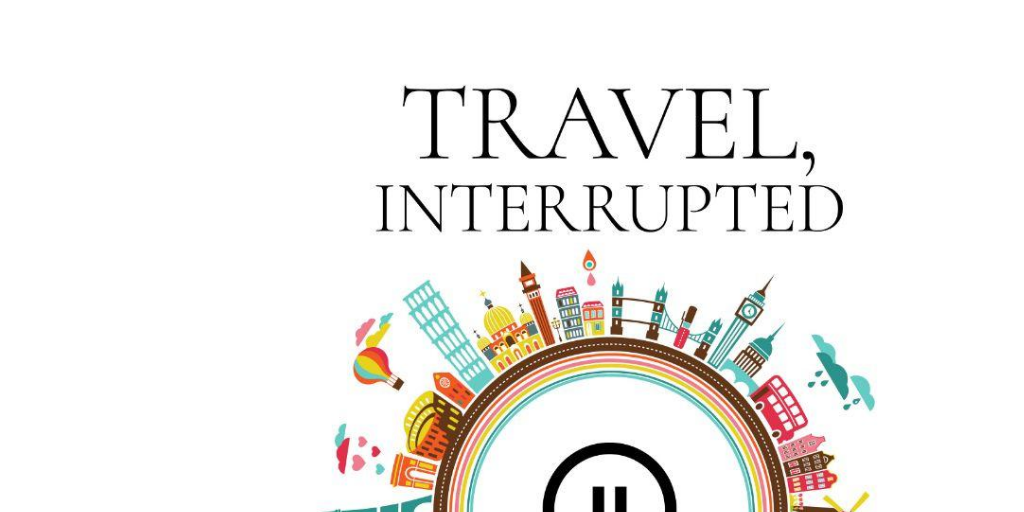
27 Aug, 2020
2020 definitely came with a bang and there is no denying this. The world has been put to a standstill by a virus, however the professionals are still trying to get a hang around. So many sectors around the world have been affected by this Virus and the Travel & Tourism sector wasn’t left out. A considerable amount of Jobs is at stake due to the global pandemic. Travel and tourism sector worldwide has been interrupted and this has influenced employment negatively globally and severely. This impact is one that has never been seen as it took the world by surprise thus creating 96% of the world's destinations to introduce strict measures in response to the global pandemic known as Covid-19. In 2019, travel and Tourism jobs were 330 million which is one in 10 jobs and one in four of all net new jobs in the last five years created by Travel and Tourism. Also, the global GDP in travel and tourism was at 3.5% which was 10.3% contribution to the global gdp in 2019. Furthermore, the economic impact of the coronavirus on global travel and tourism is five times the impact of 2008 global financial crisis which is 2.9% rise in global unemployment rate due to travel and tourism job losses! Essential tourist destinations are the ones mostly hit by the worldwide travel restrictions because globally, forty-four countries depend on travel and tourism for over 15% of their total share of employment. UNESCO4ALL is all about the promotion of transnational tourism and exploiting synergies between tourism and cultural and creative industries thus supporting travel and tourism at times like this is important to us. Please, stay tuned to know more and follow our social media channels .

